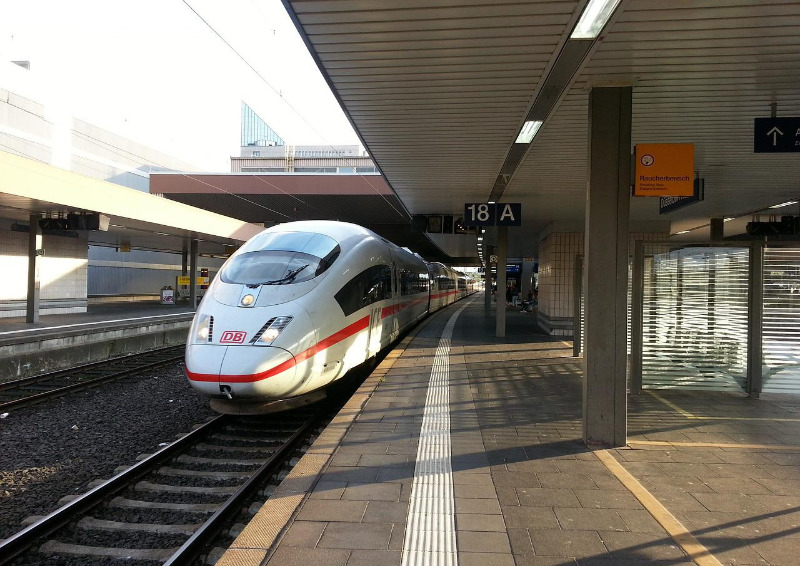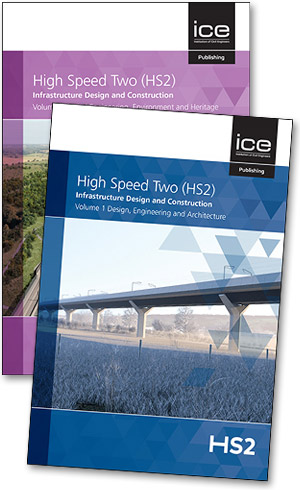My basket
- 0 itemsYour basket is empty.
Your Wish List
Your product alerts
- Home
- What's new
- The history of railways
The history of railways
From wagonways to Crossrail, we travel through the history of rail.

- Updated: 28 Jun 2022
- Author: Isobel Pritchard
Many people around the world rely on rail travel every day. In fact, a total of 990 million rail passenger journeys were made in Great Britain from April 2021 to March 2022. For this reason, transport infrastructure is being updated all the time.
Just a few weeks ago, the Elizabeth line was opened in London. 73-miles (118km) long, it represents the latest developments in rail travel; it is 30% more energy efficient than most current active trains whilst reaching top speeds of 90mph above ground.
But where did rail travel begin and how did we get here?
16th – 17th century
Before steam-powered locomotives and railway lines, were wagon-ways. Wagon-ways involved laying parallel planks on wood on the ground and getting horses to pull wagons over the planks. The planks increased the speed of the wagons.
18th century
The 18th century marked the beginning of iron plateways and steam engines. Plates of cast iron were fixed to the wooden rails, improving the durability of the rail. Shortly after, L-shaped metal plates known as plateways were used. In 1803, William Jessop developed the Surrey Iron Railway, a double track plateway, and then went on to produce an all-iron edge rail and flanged wheels. More about Jessop’s work can be found in this paper on British civil engineering biography, part 2: 1790-1830.
In 1798, the plateway system was used for the UK’s Lake Lock Rail Road, the world’s first public railway that carried coal as well as passengers. The wagons on the Lake Lock Rail Road were hauled by horses. However, animal power was nearing its end; by 1784, William Murdoch had already produced a working model of a self-propelled steam carriage.
19th century
The concept of a steam-powered locomotive was adopted by Richard Trevethick. In 1804, Trevethick designed the first railway steam locomotive which pulled a train along the tramway near Merthyr Tydfil, UK. The problem with Treverthick’s design was that the steam engines were too heavy for the cast-iron plateways.
This problem was made obsolete in 1812 when Matthew Murray designed the first rack locomotive, the Salamanca, which was built for the Middleton Railway in Leeds. This was the first commercial steam locomotive that was light enough to avoid damaging the edge rails.
At this point, developments in the rail industry were gaining great momentum. In 1812, the Puffing Billy, built by Christopher Blackett and William Hedley became the first adhesion-only locomotive and by 1814, George Stephenson had designed the Blücher, another successful adhesion locomotive.
Importantly, Stephenson then went on to develop the first public steam railway in 1825, The Locomotion. Stephenson’s successes culminated in 1830 with the opening of the Liverpool and Manchester Railway. Being the first public inter-city railway using only steam locomotives, this represented the birth of the modern railway. Its popularity led to the expansion of the railway industry and by 1846, there were over 200 Acts of Parliament for proposed railway lines.
You can find out more about Trevithick and Stephenson's work from this paper on The history of tracks and trains: a lesson in joined-up thinking.
Alternatively, for more information on the development of steam engines, read this paper on The Rise and Progress of Steam Locomotive on Common Roads.
By the 1830s, more exciting developments were about to take place. In 1837, Robert Davidson built the first electric locomotive which was powered by batteries. Experimentations with electrification continued throughout the late 19th century and by the 20th century, most street railways were electric.
20th century
The 20th century saw the introduction of diesel engines and the first high-speed trains. After diesel was patented by Rudolf Diesel in 1892, engineers began developing diesel engines for locomotives. The use of diesel proposed faster acceleration times, better fuel efficiency and less servicing. By the 1960s, diesel had almost completely replaced steam.
Not long after the introduction of diesel engines, operations for the first high-speed train in Japan (the Shinkansen) began in 1964. Now there are many high-speed trains operating around the world that can reach speeds above 250mph.
Looking at three high-speed railway projects, this paper on Sustainability of high-speed rail: a comparative study explores the benefits and possible consequences of high-speed rail.
In addition, the following papers will provide you with in-depth knowledge on the development of the Crossrail project.
- Briefing: Risk management critical to Crossrail’s success
- Building information modelling – moving Crossrail, UK, forward
- Delivering Crossrail, UK: a holistic approach to sustainability
- Open access: Temporary propping at Crossrail Paddington station
- The design of thermal tunnel energy segments for Crossrail, UK
For more on high-speed trains, see the bundle on High Speed Two (HS2): Infrastructure Design and Construction. This bundle, available in print, examines the challenges of this unprecedented project and learning in planning, design, construction and management for major railway infrastructure projects. It will interest any engineer or professional desiring critical information on the design and build of HS2.
Recent news
- Time for engineers to take the lead: a once in a lifetime opportunity to improve active travel
- What should engineers do to improve workers' health and safety during the COVID-19 outbreak?
- High-speed railways: How to make them safer and quieter?
- Can tension structures teach us conceptual design sense?

